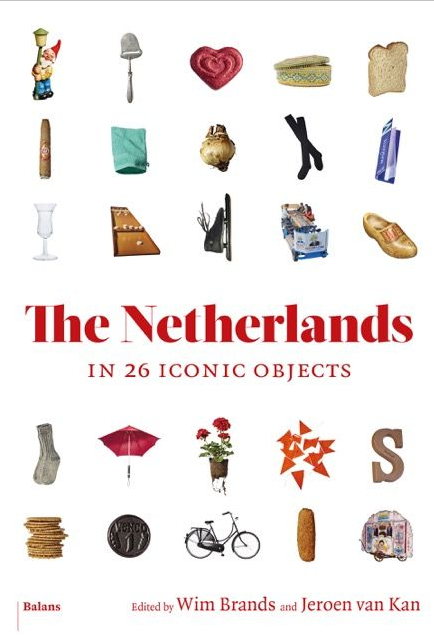I’ve long been a fan of Colleen Geske’s entertaining blog www.StuffDutchPeopleLike.com. Colleen, who is Canadian, has lived in the Netherlands as long as I have and has spent time cataloguing all the peculiarities of the Lowlands. Topics include: ‘Speaking in expressions’, ‘Impossibly steep stairs’, ‘White leggings’ and ‘Borrels’. In 2013, she self-published a book of the same title with 60 of these blog posts. It’s fun and recognizable and I definitely recommend it. Just recently I bought her follow-up book Stuff Dutch People Say, which being a linguist, is right up my street. The Dutch language is riddled with often peculiar idiom (they speak in expressions, after all) and Colleen sets about explaining where some of these things come from, as well as discussing Dutch words that have made their way into the English language (coleslaw – kool-sla, for example).
It’s probably easier for an outsider moving into a particular culture to isolate the things that seem typically Dutch, than for a Dutch person themselves. It’s easy to assume particular behaviours or objects are normal, until a foreigner points them out to you. The same thing happens to me with Englishness sometimes. A Dutch friend pointed out to me last week that fumbling teenage sex at a bus-stop or in the back of a parked car was not something many Dutch people had ever experienced since most of them lost their virginity at home. A more obvious example of cultural difference is English people abroad constantly having to ask for milk to put in their tea (and then: regular milk, please, not coffee creamer!).
All that said, a new book has just come out in which the Dutch have a go at explaining themselves. The Netherlands in 26 Iconic Objects, edited by Wim Brands and Jeroen van Kan and published by Uitgeverij Balans contains 26 short essays each by a different Dutch writer. I confess to having been an insider on the project since I translated two of the essays myself (‘Ice-Skates’ by Maarten t Hart and ‘Biscuit Tin’ by Maartje Wortel). Although many of the objects chosen weren’t invented by the Dutch, their adoption into Dutch culture highlights something about the natural character. In the case of the essays I translated, ice-skates were probably invented in Scandinavia but became particularly useful in a water-filled country that froze over in the winter. Skating on natural ice in a pair of noren is especially Dutch. Us Brits have got biscuit tins too, of course, but we don’t do that thing of offering our guests just a single biscuit. It’s the single biscuit that exemplifies Dutch frugality.
I’d never heard of a Bolknak (Maarten Asscher’s contribution). It turns out to be a Dutch-produced cigar for the bourgeois classes (not something us foreigners associate with the Dutch – where’s that flat society?). But it also fell out of production many years ago. Clogs, bulbs, herring carts, stroopwafels sure, but ecstacy pills? The writer Renee Kelder claims that cargo-bike mums even take them on occasion, as do Dutch people in their sixties. A ‘drugs holiday’ from the straitjacket of Calvinism. And what to think of geraniums which I always associate with the Greek islands myself? According to Bram Bakker, geraniums are a Dutch cipher for old age as it used to be – ‘sitting behind the geraniums’ as the Dutch expression goes. It’s something modern Dutch oldies wouldn’t be seen dead doing, apparently.


